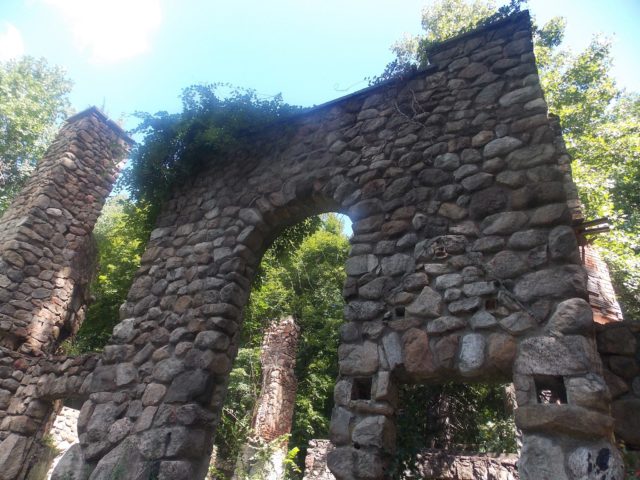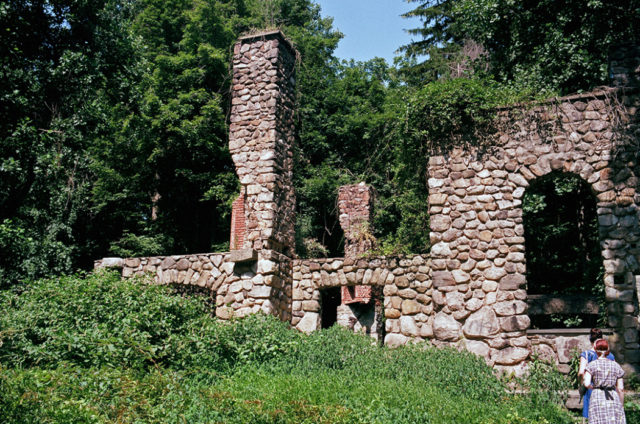The ruins in the photographs below date to the early 1910s. They are located in the village of Cold Spring in the town of Philipstown, Putnam County, New York.
Chicago diamond merchant Sigmund Stern built a 650-acre estate here, just below Breakneck Ridge. He constructed a mansion, a swimming pool, a garage, a garden, and various buildings on the estate.
However, a few years after the estate was finished, his wife died, and Stern decided to sell the land. Consequently, in 1917, Edward Joel Cornish and his wife Selina Bliss Carter Cornish acquired all 650 acres.
Edward Cornish was president of the National Leading Company from 1916 to 1933. To begin with, he and his wife Selina lived in New York near the company’s offices. But the couple had long wanted to move north and closer to nature.
Although they initially named the estate Northgate, the area has now become more associated with its owners and is known as the Cornish Estate.
At that time, there were various mining projects carried out in this area. In particular, Mount Taurus (also known as Bull Hill) was located nearby, where a quarry extracted hard gneissic rock for construction work.
The explosions from the quarry were often the subject of community complaints, and even the mass of Bull Hill could not prevent the explosions from being seen and felt at the Cornish Estate.
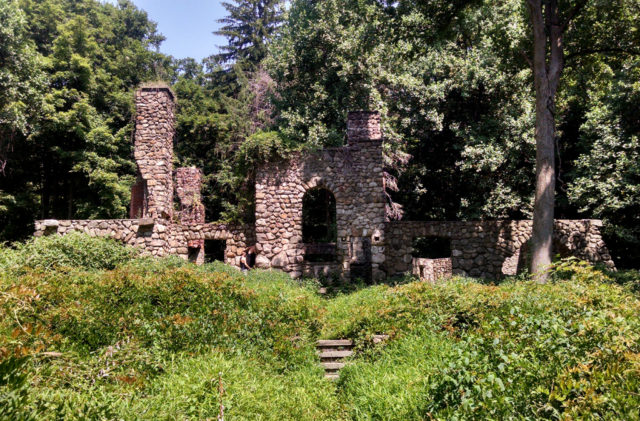
New York
In 1937, Edward Cornish made it clear that he wanted to protect his estate from commercial activities in the future. He stated that, after his passing, the property would be transferred to Taconic State Park for use as a public park.
However, his proposal was rejected, since it was claimed the mountainous terrain was not suitable for turning into a park. Furthermore, it seemed that Cornish had put in place deed restrictions to prevent such commercial quarrying on the land.
In May 1938, Edward passed away due to heart disease while sitting at his office desk. It was only another two weeks before Selina passed on as well.
After both owners were gone, the estate was abandoned and the mansion fell into disrepair. However, the property wasn’t wholly forgotten as the nephew of the former owners, Joel O’Donnell Cornish, kept an eye on the land.
In 1958, there was a fire that destroyed most of the property. Any woodwork that survived the fire has since rotted away, and all that remains of the estate are the stone walls of the buildings.
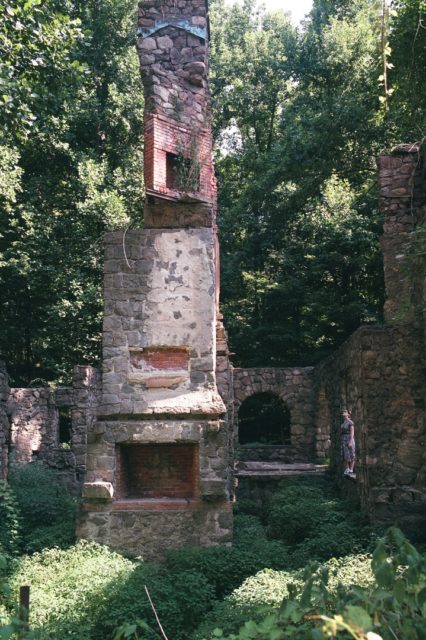
In 1963, Central Hudson Gas & Electric acquired the entire site with the intention of constructing a power plant nearby. However, their plans did not materialize, and the land was sold again, this time to Hudson Highlands State Park.
Consequently, the Cornish Estate, New York became an interesting stop for tourists and lovers of unusual abandoned places.
Today, the forest has taken over most of the ruins. Some of the cattle barn where Cornish housed prize-winning Jersey cows still stands. Pieces of old agricultural equipment are rusting beside other farm buildings and what appears to be a garage.
However, restoration work is periodically carried out. For example, in the summer of 2014, the original gazebo was reconstructed by an Eagle Scout and his friends. The structure was based on photos of the original gazebo. Please check out www.minskysabandoned.com for more amazing abandoned places.
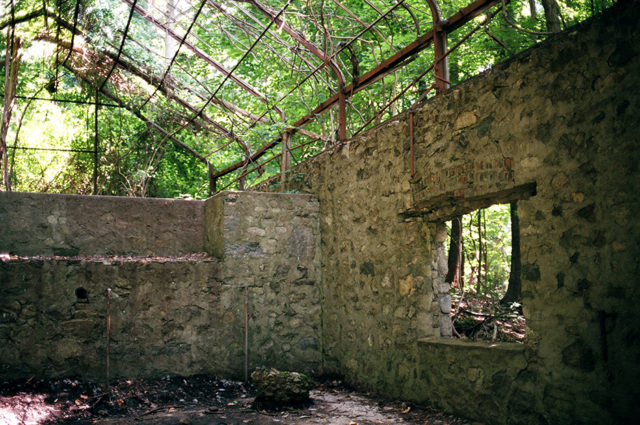
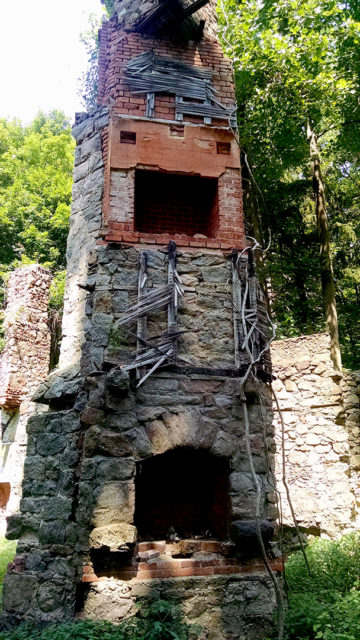
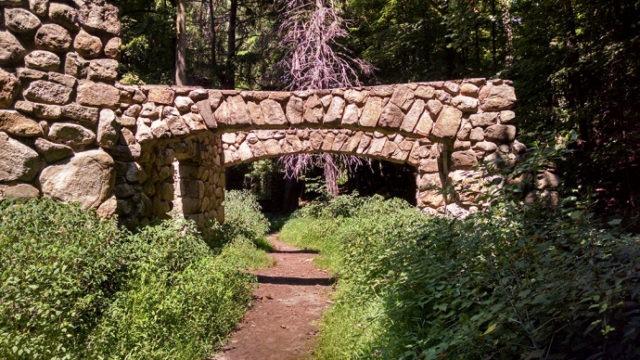
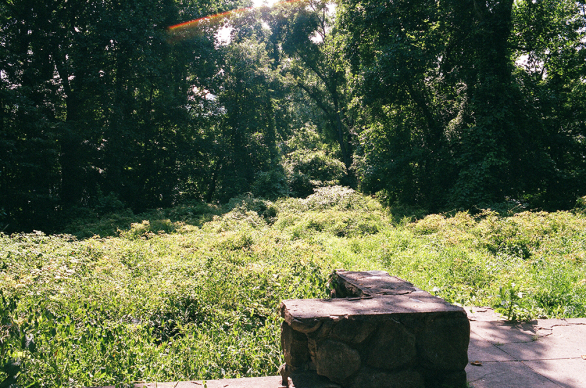
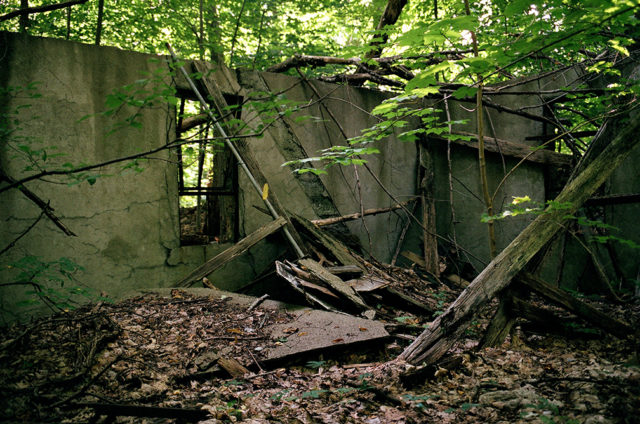
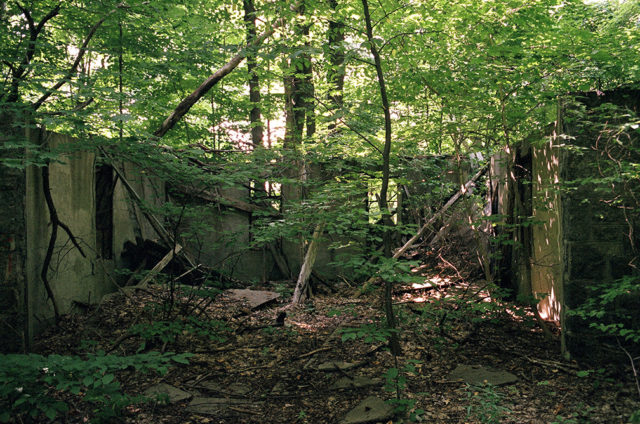
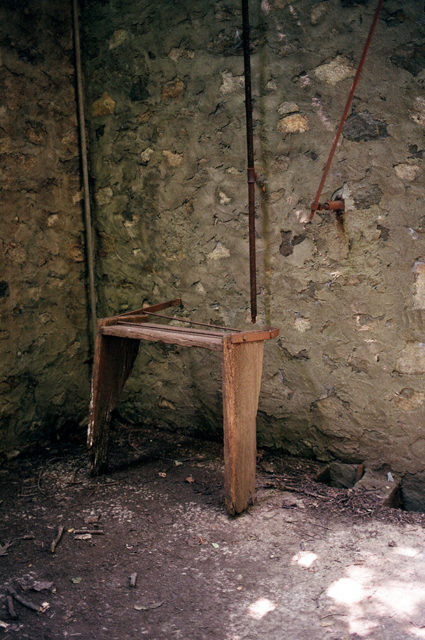
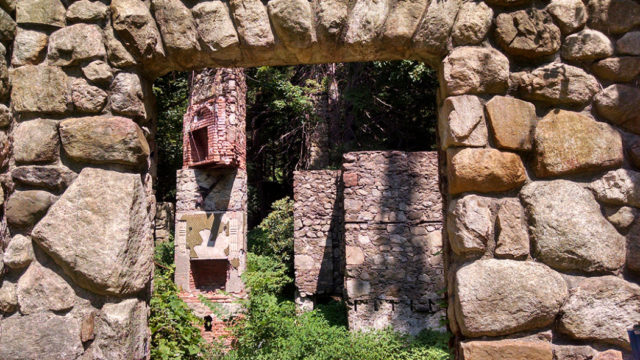
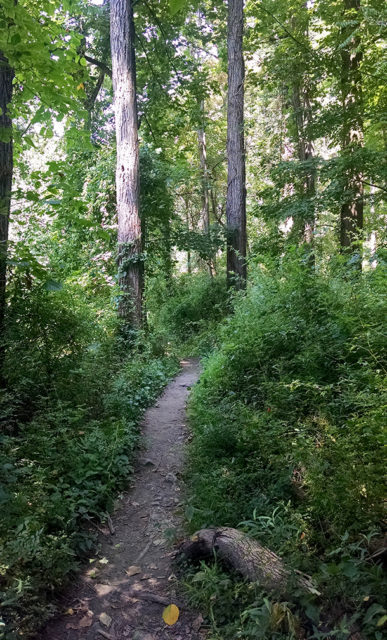
Another Article From Us: The Argentina Town Underwater for 25 Years
